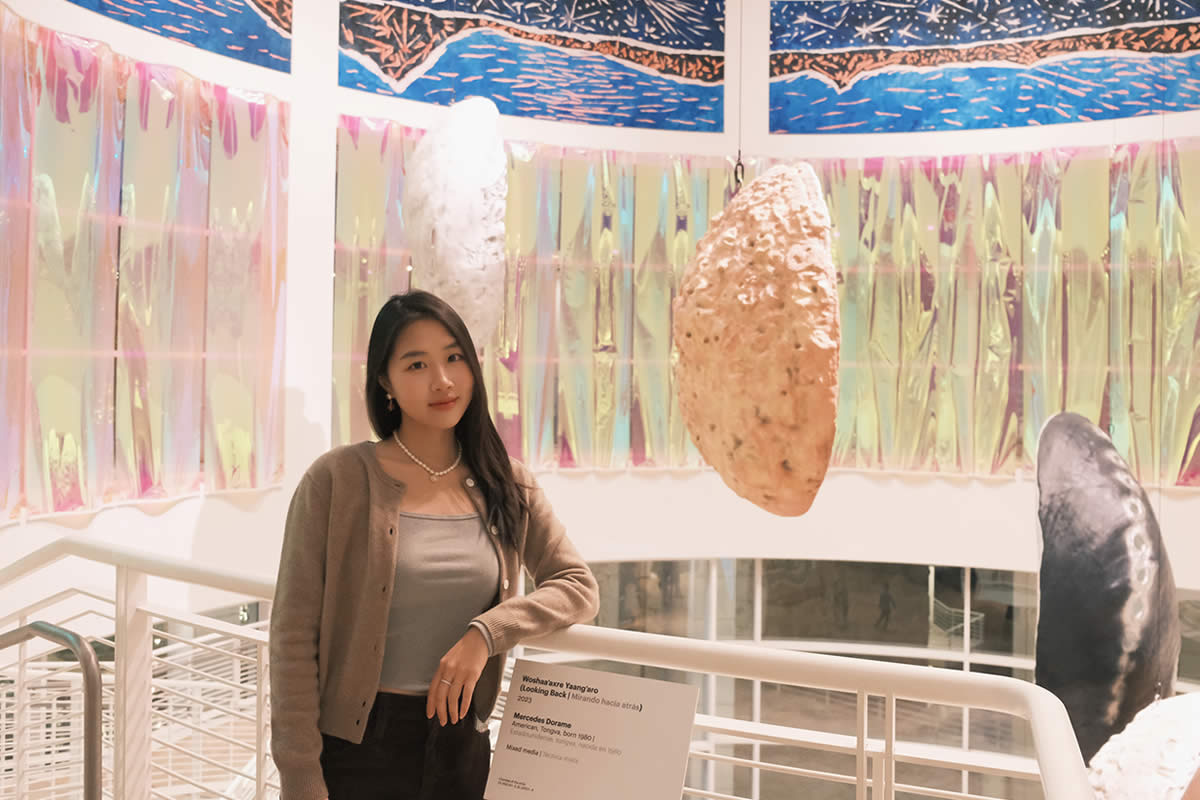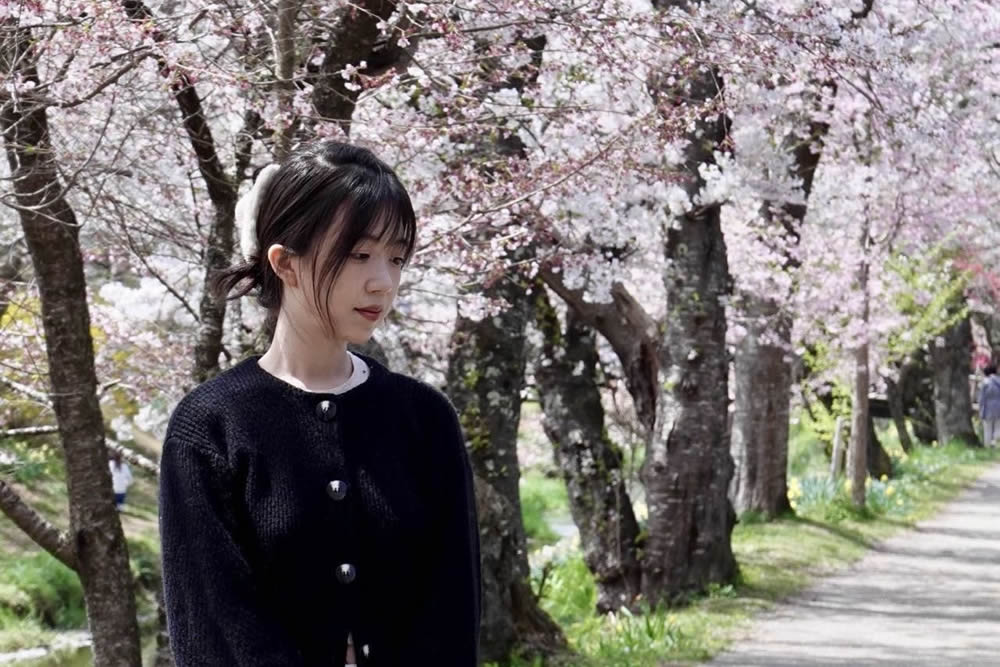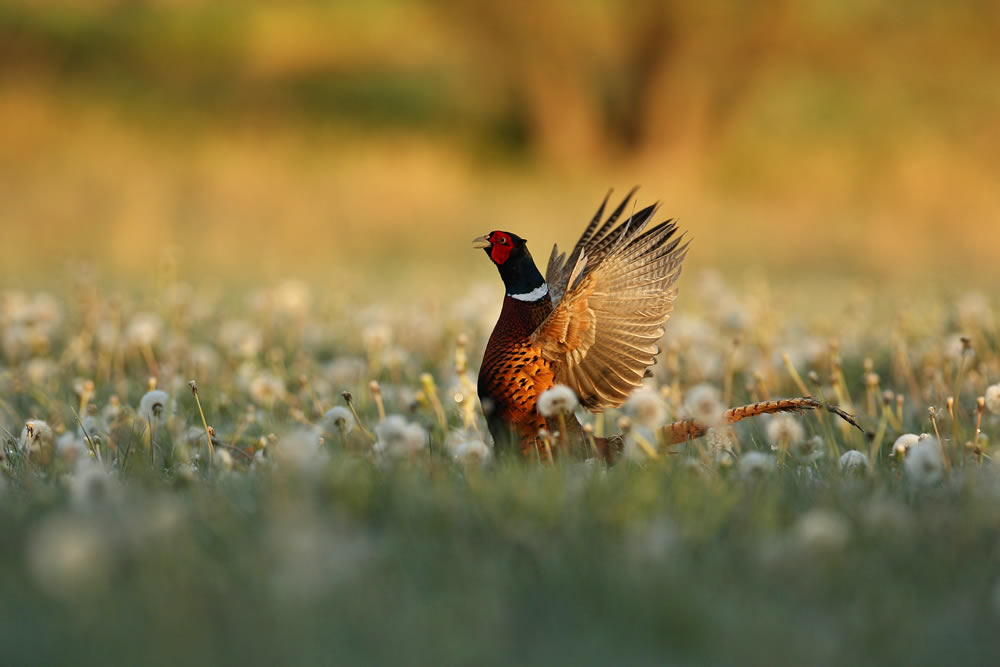
1. Introduction
Kawaii, a Japanese term meaning "cute" or "adorable," has become a global cultural phenomenon, influencing various forms of art, fashion, and entertainment. With its emphasis on childlike charm and bright, pastel colors, Kawaii art appeals to a wide audience, from children to adults. This article delves into the world of Kawaii pictures and coloring pages, exploring their origins, aesthetics, and impact on contemporary culture.
2. History of Kawaii
Origins of Kawaii in Japan
Kawaii culture began in Japan during the 1970s, influenced by youth movements that embraced a playful and rebellious spirit. The rise of Sanrio’s Hello Kitty character in 1974 marked a significant milestone, cementing Kawaii’s place in popular culture.
Evolution of Kawaii Culture
Over the decades, Kawaii has evolved beyond mere cuteness. It has become a mode of self-expression, particularly among youth. The aesthetic expanded into various media, including fashion, toys, and stationery, making it a significant part of Japan’s cultural export.
Global Influence of Kawaii
Today, Kawaii culture is a global phenomenon, with its influence seen in art, design, and even lifestyle choices. Countries around the world have adopted Kawaii elements, blending them with local cultures to create unique interpretations of the style.
3. Understanding Kawaii Aesthetics
Key Elements of Kawaii Art
Kawaii art is characterized by its soft, rounded shapes, bright colors, and simplistic features. These elements combine to evoke a sense of innocence and joy. Common motifs include animals, food items with faces, and other everyday objects rendered in a cute style.
Popular Kawaii Characters
Characters like Hello Kitty, Pikachu, and Totoro are iconic figures in Kawaii culture. These characters embody the essence of Kawaii with their adorable appearances and endearing personalities.
Kawaii Color Palettes
Pastel colors are the hallmark of Kawaii aesthetics. Soft pinks, blues, and purples dominate the palette, often paired with white and other neutral tones to create a gentle, soothing visual experience.
4. Kawaii Pictures: A Visual Delight
Popular Themes in Kawaii Pictures
Kawaii art often features themes like animals, food, and everyday items, all depicted in an exaggeratedly cute style. These images are designed to be visually appealing and evoke happiness.
Techniques for Creating Kawaii Art
Artists use various techniques to create Kawaii art, including digital drawing tools and traditional media like markers and watercolors. The focus is on creating simple, clean lines and maintaining a harmonious color scheme.
Digital vs. Traditional Kawaii Art
While digital tools offer flexibility and ease of use, traditional methods like hand-drawing provide a tactile experience that many artists find fulfilling. Both methods have their unique charm, and the choice depends on the artist’s preference.
5. Coloring Pages: A Creative Outlet
Benefits of Coloring for All Ages
Coloring is not just for kids; it’s a therapeutic activity for adults as well. It helps in reducing stress, enhancing focus, and sparking creativity. Kawaii-themed coloring pages, with their adorable designs, provide a perfect medium for relaxation and creative expression.
Kawaii-Themed Coloring Pages
Kawaii-themed coloring pages feature the same cute and whimsical elements found in Kawaii art. From chibi animals to smiling food items, these pages are a fun way to engage with Kawaii culture.
How to Create Your Own Kawaii Coloring Pages
Creating your own Kawaii coloring pages can be a fun and rewarding activity. Start by sketching simple, cute characters or objects, then add details and outlines. You can use digital tools or traditional methods to finalize your designs.
6. Kawaii in Pop Culture
Kawaii in Fashion
Kawaii fashion, known as "Harajuku style," is characterized by its colorful and eclectic clothing. This fashion trend has inspired global fashionistas, influencing mainstream and alternative fashion scenes alike.
Kawaii in Media and Entertainment
From anime to video games, Kawaii aesthetics are deeply embedded in Japanese media. Characters and visuals that embody Kawaii charm appeal to audiences worldwide, contributing to the global popularity of Japanese pop culture.
Kawaii in Social Media
Kawaii culture thrives on social media platforms, where users share fan art, DIY projects, and Kawaii-inspired content. The hashtag #kawaii has millions of posts, showcasing the community’s creativity and passion.
7. Expert Insights on Kawaii Art
Interviews with Kawaii Artists
Renowned Kawaii artists share their insights into the evolution of Kawaii art. They discuss their creative processes, the challenges of maintaining originality, and their views on the future of Kawaii.
Trends in Kawaii Art
The Kawaii art scene is constantly evolving, with new trends emerging regularly. Current trends include a blend of retro aesthetics with Kawaii elements, as well as a growing emphasis on sustainability in art materials.
8. Future of Kawaii Art and Coloring Pages
Emerging Trends in Kawaii
As Kawaii continues to evolve, new trends are emerging, such as minimalist Kawaii and a focus on more diverse and inclusive representations within the genre.
The Role of Technology in Kawaii Art
Technology plays a crucial role in the future of Kawaii art. From digital drawing tablets to online platforms for sharing art, technology is expanding the possibilities for artists and audiences alike.
The Future of Coloring Pages
Coloring pages are expected to remain popular, especially with the rise of digital coloring apps. These apps offer a convenient way to enjoy coloring without the need for physical materials, making it accessible to a broader audience.
9. Conclusion
Kawaii pictures and coloring pages offer more than just visual pleasure; they are a gateway to a world of creativity, joy, and cultural connection. Whether you’re an artist, a fan of Kawaii, or someone looking for a relaxing activity, Kawaii art and coloring pages provide endless possibilities for enjoyment and self-expression.









